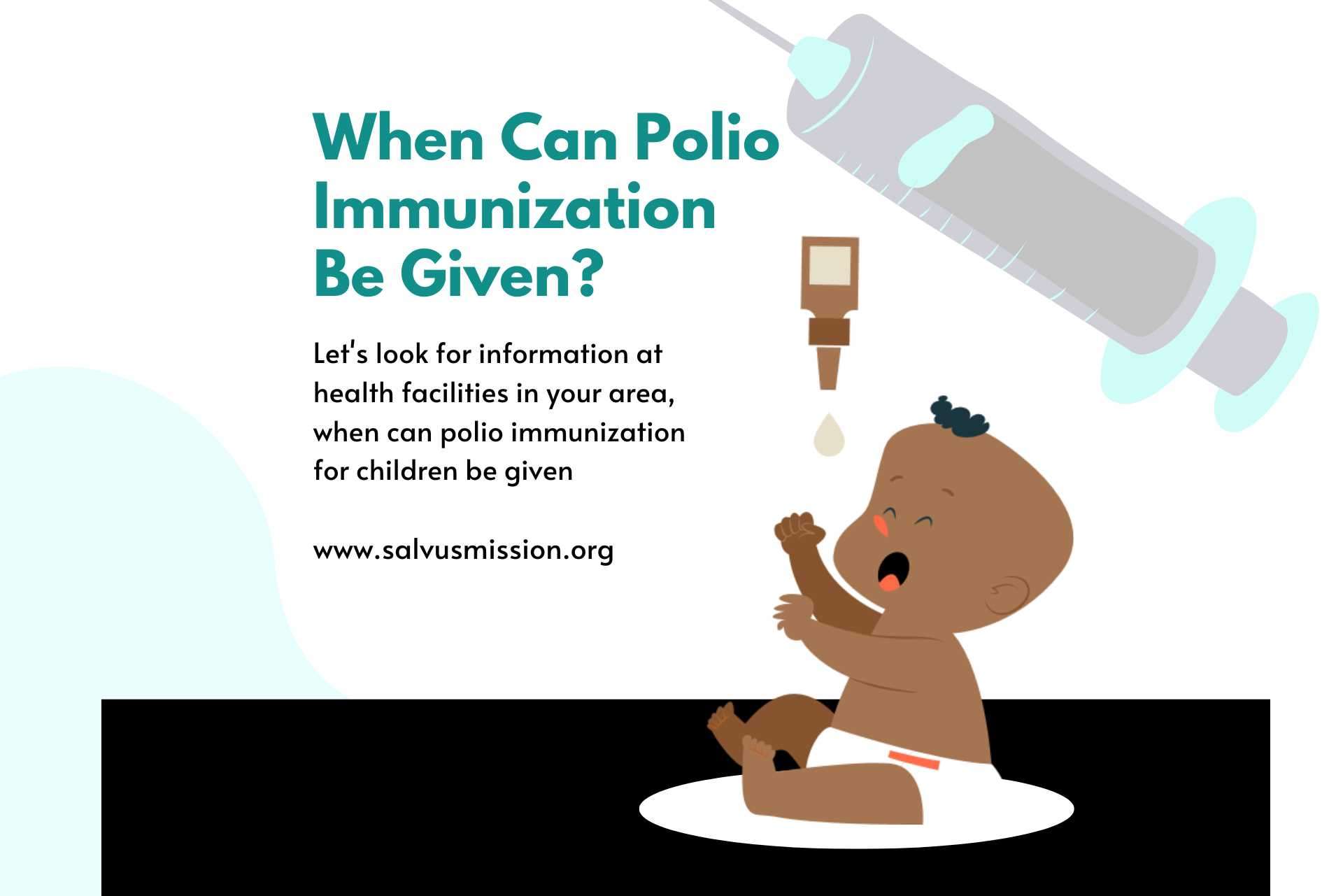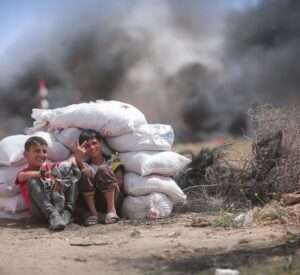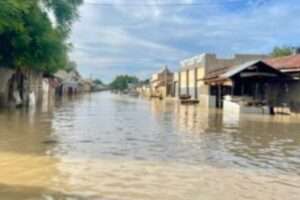Polio and Its Global Impact on Children
Polio and Its Global Impact on Childre
Poliomyelitis, commonly known as polio, is a highly infectious viral disease that primarily affects children under the age of five. While efforts to eradicate the disease have made remarkable progress in recent decades, polio continues to pose a threat, particularly in regions with limited access to vaccines and healthcare infrastructure.
The Nature of Polio
Polio is caused by the poliovirus, which spreads from person to person, typically through contaminated water or food. Once in the body, the virus multiplies in the intestines and can invade the nervous system, potentially leading to paralysis. In severe cases, it can cause permanent disability or even death.
Impact on Children
Children are especially vulnerable to polio due to their developing immune systems and exposure to contaminated environments. The disease can manifest in different forms:
1. Asymptomatic Polio: The majority of children infected with the poliovirus show no visible symptoms. However, they can still carry and spread the virus to others.
2. Mild Polio: Some children may experience mild symptoms like fever, sore throat, and fatigue, which often go undiagnosed as polio.
3. Paralytic Polio: In rare cases, the virus can lead to paralysis, particularly in the legs. This form of polio can leave children permanently disabled, making mobility a lifelong challenge.
4. Post-Polio Syndrome (PPS): Decades after recovery, some individuals who had paralytic polio may develop PPS, which includes muscle weakness and fatigue, further impacting their quality of life.
Global Efforts Toward Eradication
Since the launch of the Global Polio Eradication Initiative (GPEI) in 1988, tremendous progress has been made in reducing polio cases worldwide. Vaccination campaigns have been at the forefront of these efforts, significantly reducing the incidence of polio. The world has seen a 99% drop in polio cases since the 1980s, and two of the three types of wild poliovirus (WPV2 and WPV3) have been declared eradicated.
Remaining Challenges
Despite global efforts, polio remains endemic in two countries: Afghanistan and Pakistan. Political instability, mistrust of vaccines, and lack of access to remote regions make eradication difficult in these areas. Outbreaks of vaccine-derived polio, a rare but known phenomenon, have also been reported in parts of Africa and Asia, where vaccination coverage remains low.
The Role of Vaccination
Vaccination remains the most effective tool in the fight against polio. Oral polio vaccines (OPV) and inactivated polio vaccines (IPV) have proven highly effective in preventing the disease. However, vaccine hesitancy and access to healthcare are significant barriers in some communities. Global health organizations continue to advocate for widespread immunization to protect children and prevent the resurgence of polio.
Conclusion
While polio is close to being eradicated, the disease continues to pose a risk to children, particularly in underserved regions. Continued vigilance, vaccination efforts, and global cooperation are critical to eliminating polio once and for all, ensuring that future generations of children live free from the threat of this debilitating disease.




